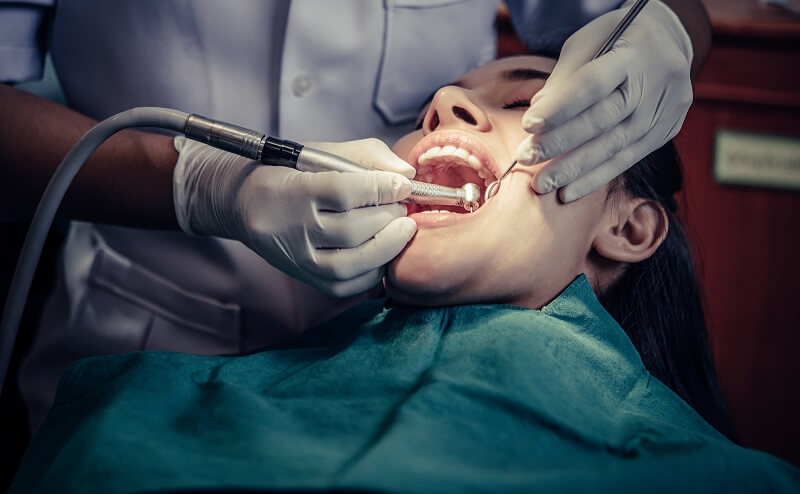
There must have been a concern that having a tooth pulled does not look like a good experience and no doubt wish to have some irritation afterward. One can consider it fine and can endure it when needed. But, when the pain makes a large impact over the person and the conditions get worse after a few days, there might be a possibility of having a symptom of a condition known as dry socket, named as alveolar osteitis in medical science.
Dry socket is considered as one of the unpleasant medical condition that sometimes appears after a person has a permanent adult tooth extracted. It is when the blood clot at the site of the tooth abstraction gets unable to prosper or it dissolves before the wound has healed.
If someone has extracted their tooth recently, the possibilities of the dry socket may appear. However it is the most common complication of tooth removal, it is still relatively there. People who smoke, have a history of dry socket after having teeth pulled, have wisdom teeth pulled, take birth control pills, have a greater-than-usual trauma at the time of tooth extraction surgery and have poor oral hygiene may be more likely to get dry socket after having a tooth pulled.
One more factor that can promote the risk of getting a dry socket is to drink with the help of a straw after having the tooth extracted or rinse and spit a lot.
Providing relief from pain and promote healing are the main focuses of dry socket remedies. Your dentist will eventually assist in the overall treatment, but the patient also needs to practice self-care to prevent debris from accumulating and promote healing. A period of 7 to 10 days is needed for the healing process to develop new granulation tissue to protect and cover the exposed bone of socket once dry socket sets in.
Some nonsteroidal anti-inflammatory drugs like ibuprofen or aspirin can be taken at the time of treating the dry socket. Sometimes these types of over-the-counter medications do not prove to be enough for relaxation in pain. In such cases, your dentist may prescribe a bit-heavier dose of a drug or will anesthetize the area.
If a protective blood clot does not form in the vacated space after tooth extraction, a dry socket can form. It can also originate when the blood clot gets dislocated from the gums. Normally, after a tooth is withdrawn, a blood clot will form as the initial step in healing to protect and cover the underlying jawbone.
If the clot does not originate, healing is delayed and the bone is exposed. Certain known factors are also there which can increase the risk of a dry socket for a person like tobacco use. Dry socket can be understood as a result of chemical, bacterial, physiologic and mechanical factors.
A throbbing steady pain which displays a few days after the extraction of teeth is one of the symptoms of dry socket. The pain may radiate towards another part of the head like ears and eyes on the same side of the face. Other symptoms contain partial or total loss of a blood clot at the extension site, visible bone within the socket, unpleasant taste, and bad breath, etc.
One of the best ways to prevent dry socket is to follow the instructions of your dentist after the extraction. Along with that, practicing good oral hygiene and avoiding straw-based drink can prove to be beneficial as well. If someone has a habit of smoking or intake tobacco products, it is better to say them good-bye especially till the wound gets healed. Though, it will be better if they quit this option in their life as such things are not suitable for a human body.
A certain degree of discomfort and pain is ordinary after the extraction of teeth. Though one should be able to manage normal pain with the help of a pain reliever prescribed by the oral surgeon or dentist. Still, if someone is finding difficulties, it is better to consult with their doctor.